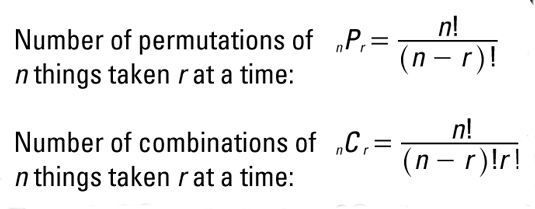The difficulty of this week’s topics in my math class was not too bad. Analyzing data is pretty easy for me. However, I missed points in the homework assignments when counting numbers to find frequency. The computer gives 20 numbers and we are supposed to count all of the “14s” and “41s.” Is this a testing our math skills, our counting skills, or our vision? This was quite frustrating for me. Here is how this problem can be fixed:
· Numbers should already be in ascending order
· Lists of numbers should be no more than ten
· There should be less frequency problems (If you get it correct the first time, chances are you understand frequency problems)
Another thing that was irritating was whether or not we needed to put commas in between numbers while making a stem-and-leaf plot and other visuals. Sometimes we had to, sometimes not. It took me a while to figure out when it was needed.
Here is a link on how to create stem-and-leaf plots: click here.
When it comes down to it, we need to make sure that we are giving our students valid and reliable tests. In this case, the homework should be testing us on math. For more information on validity and reliability, click here.





